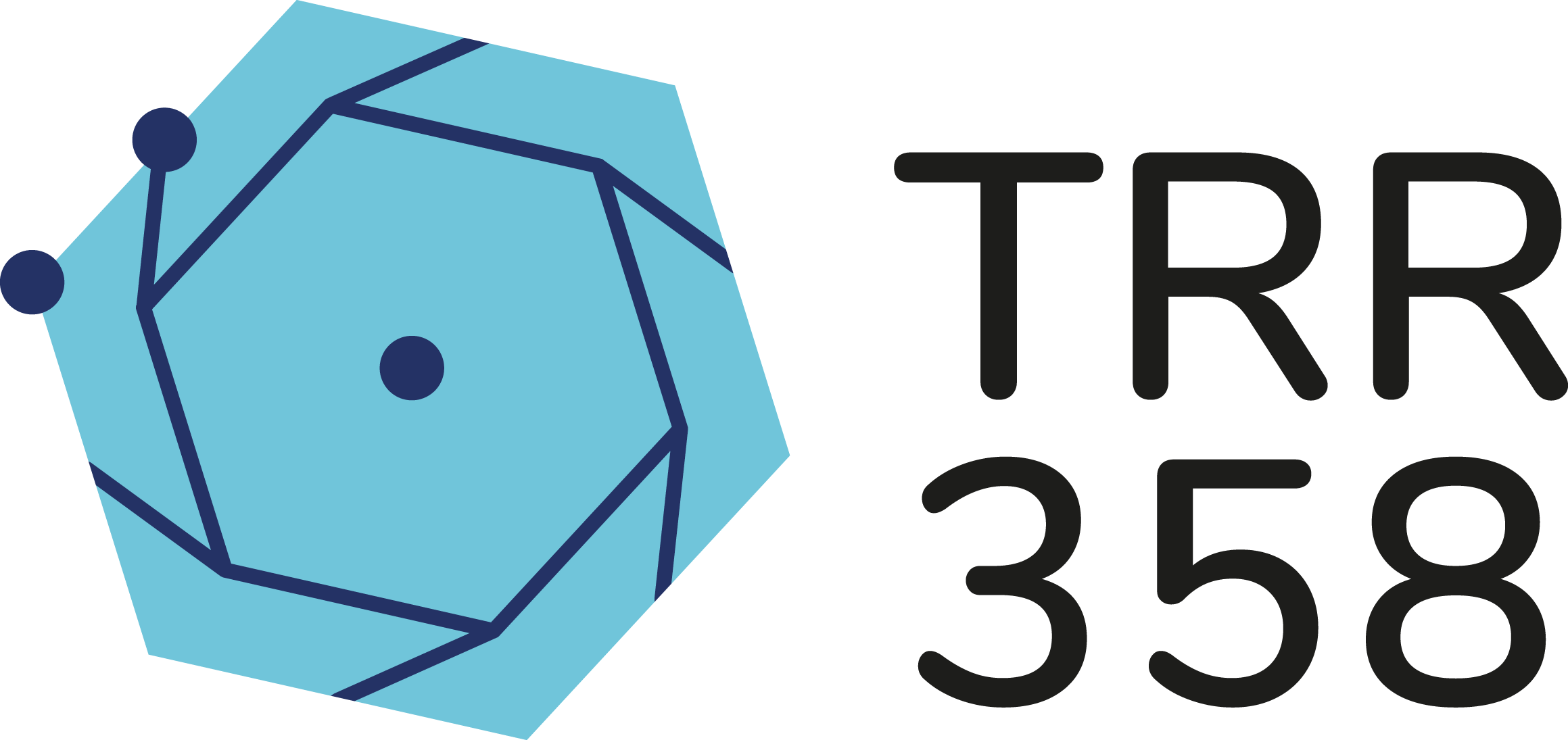| Thursday, September 14 |
| 07:30 - 09:00 |
Breakfast (Restaurant Hotel Hacienda Los Laureles) |
| 09:00 - 09:50 |
Tobias Dyckerhoff: Lax additivity, lax matrices, and mutation ↓ I will explain the concept of lax additivity which is an
(infty,2)-categorical analog of the familiar 1-categorical notion of
additivity. In this context, direct sums get replaced by lax sums leading
to lax variants of matrices along with rules for how to multiply them. We will
illustrate the resulting methods by investigating periodicitiy phenomena for
mutations of semiorthogonal decompositions.
Based on joint work with Christ-Walde and Kapranov-Schechtman. (Conference Room San Felipe) |
| 10:00 - 10:30 |
Coffee Break (Conference Room San Felipe) |
| 10:30 - 11:20 |
Matthew Pressland: Quasi-coincidence of positroid cluster structures via derived categories ↓ A long-standing expectation in the study of total positivity, recently confirmed by Galashin and Lam, is that the cells in the positroid stratification of the Grassmannian have cluster algebra structures. The eventual construction actually provides two different such structures, but a conjecture by Muller and Speyer asserts that they should have a close relationship known as quasi-coincidence. In this talk, I will outline a proof of the conjecture. Despite the statement being about combinatorial geometry, the proof works by translating it into the language of representation theory, and then applying techniques from homological algebra: ultimately, the quasi-coincidence of the cluster structures follows from a statement about the derived category of a certain non-commutative Gorenstein ring. (Conference Room San Felipe) |
| 11:40 - 12:30 |
José Simental: Cluster algebras and braid varieties ↓ Braid varieties are a class of algebraic varieties associated to elements in the positive braid monoid. They generalize Richardson varieties in the flag variety and double Bott-Samelson cells, among others. We construct a cluster algebra structure on the coordinate ring of a braid variety, using the combinatorics of algebraic weaves and cycles on them. This cluster structure turns out to be very nice, for example, it is locally acyclic and admits a reddening sequence. In particular, this gives a cluster structure on Richardson varieties. This is joint work with Roger Casals, Eugene Gorsky, Mikhail Gorsky, Ian Le and Linhui Shen. (Conference Room San Felipe) |
| 13:00 - 15:00 |
Lunch (Restaurant Hotel Hacienda Los Laureles) |
| 15:00 - 15:25 |
Kaveh Mousavand: The 2nd brick-Brauer-Thrall conjecture and a torus action on representation varieties ↓ This talk is centered around the behavior of bricks over finite dimensional algebras. Following a conjecture that I first posed in 2019, we are primarily interested in those finite dimensional algebras A over algebraically closed field k which admit infinitely many isoclasses of bricks (i.e, finitely generated left A-module with EndA(M)≃k). Due to the conceptual analogy to the classical 2nd Brauer-Thrall conjecture (now theorem), we call the new statement the 2nd brick-Brauer-Thrall (2nd bBT) conjecture: If A is a brick-infinite algebra, there is a positive integer d for which A admits infinitely many non-isomorphic bricks of length d. The 2nd bBT conjecture remains open in full generality. In this talk we look at some recent progress on this problem and show some direct consequences of the 2nd bBT conjecture. That is, we provide further evidence for the correctness of the new conjecture. Furthermore, I will highlight some significant contributions that the 2nd bBT conjecture provides to the study of geometry of moduli spaces of representations. Part of this talk is based on my joint work with Charles Paquette. (Conference Room San Felipe) |
| 15:35 - 16:00 |
Sondre Kvamme: Silting complexes arising from higher torsion classes ↓ From the work of Adachi, Iyama and Reiten we know that there is a bijection between functorially finite torsion classes, support tau-tilting pairs, and 2-term silting complexes. In this talk we investigate to which extent this can be generalized to higher Auslander—Reiten theory. In particular, we explain how any functorially finite d-torsion class gives rise to a (d+1)-term silting complex. This is joint work with Jenny August, Johanne Haugland, Karin M. Jacobsen, Yann Palu, and Hipolito Treffinger. (Conference Room San Felipe) |
| 16:00 - 16:30 |
Coffee Break (Conference Room San Felipe) |
| 16:30 - 17:20 |
Dylan Allegretti: Stability conditions and Teichmüller space ↓ I will first describe the space of stability conditions on a 3-Calabi-Yau triangulated category associated to a quiver with potential. I will then describe how, in a large class of examples, this space is related to the Teichmüller space of a surface. I conjecture that this is a special case of a general relationship between spaces of stability conditions and the positive real loci of cluster varieties. (Conference Room San Felipe) |
| 19:00 - 21:00 |
Dinner (Restaurant Hotel Hacienda Los Laureles) |






